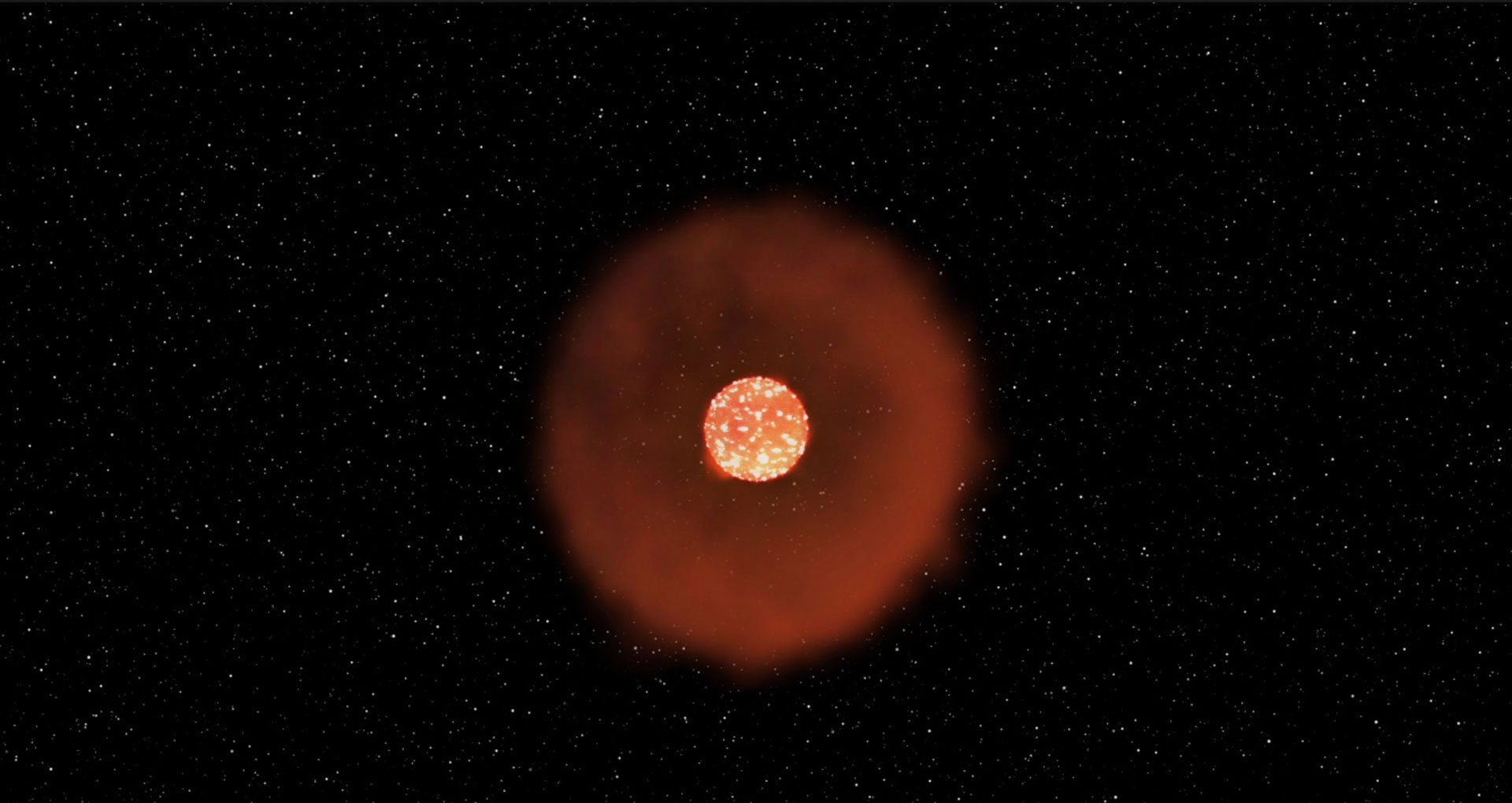


PLATO was announced on 19 February 2014 as the selected M3 class science mission for implementation as part of its Cosmic Vision Programme. Following a call for missions in July 2010, ESA selected in February 2011 four candidates for a medium-class mission (M3 mission) for a launch opportunity in 2024. The assessment phase was completed during 2009, and in May 2010 it entered the Definition Phase. PLATO was first proposed in 2007 to the European Space Agency (ESA) by a team of scientists in response to the call for ESA's Cosmic Vision 2015–2025 programme. A secondary objective of the mission is to study stellar oscillations or seismic activity in stars to measure stellar masses and evolution and enable the precise characterization of the planet host star, including its age. It is the third medium-class mission in ESA's Cosmic Vision programme and is named after the influential Greek philosopher Plato. The emphasis of the mission is on Earth-like planets in the habitable zone around Sun-like stars where water can exist in a liquid state. The mission goals are to search for planetary transits across up to one million stars, and to discover and characterize rocky extrasolar planets around yellow dwarf stars (like the Sun), subgiant stars, and red dwarf stars. PLAnetary Transits and Oscillations of stars ( PLATO) is a space telescope under development by the European Space Agency for launch in 2026.


 0 kommentar(er)
0 kommentar(er)
